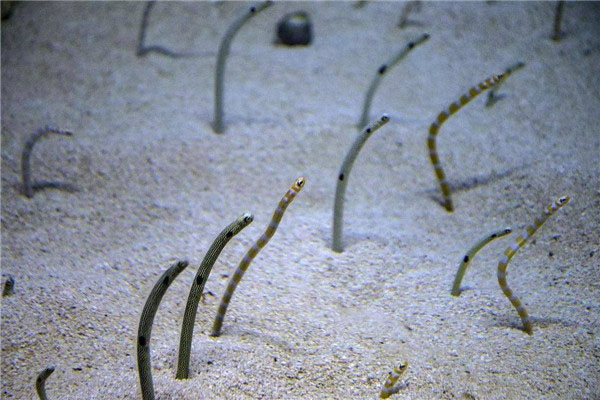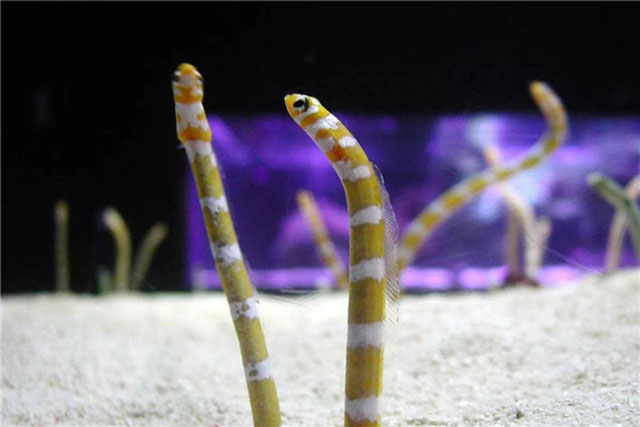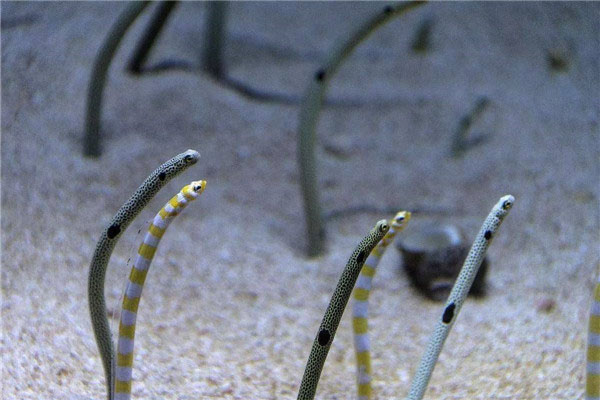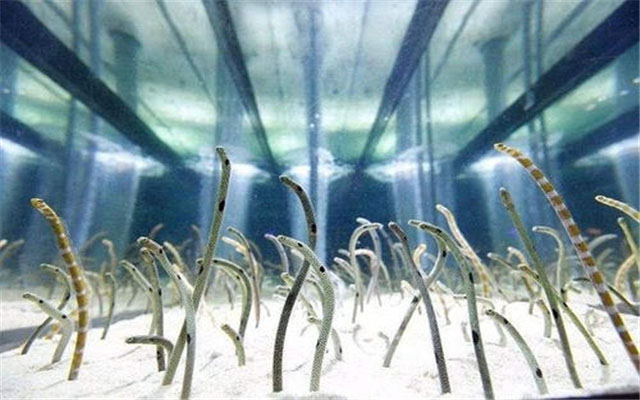Garden eels can be scared to death because they are very timid and afraid of sound and bright light. So garden eels are among the most timid fish in the deep. However, it has gradually entered people's homes, and many people like to raise garden eels. It is necessary to create a good living environment for garden eels, otherwise it will lead to the death of garden eels.
When raising garden eels, the first thing to consider is the size of the fish tank and to understand their habits. Keep a minimum of three garden eels in a tank and use sea tanks. The size is about 50cm, if the sea tank is too small, it is difficult for beginners to raise. So it is very important when choosing cylinders.

If you want to raise more garden eels, make sure the tank size is large, with six to ten eels if possible. Each pair needs to have 0.09 square meters of space, and be careful about the size of the sand and the coral, because too much sand can reduce the space available to garden eels.

Garden eels are about 40cm long and bury most of their body in sand every day, so the sand should be 20cm thick. In captivity, garden eels are smaller, around 28cm long. At this point, 30 centimeters of sand is enough for garden eels.

Garden eels like to eat copepods, shrimp eggs, and some zooplankton. In captivity, garden eels can initially feed copepods, shrimp eggs, and some zooplankton, but as they adapt to this life, they become omniscient. If you still don't eat, feed some shrimp.

The harvest shrimp are not big and provide the eels with plenty of nutrients, and they will gradually eat frozen fish food as soon as they get used to life. When the eel opens its mouth, it is fed frozen fish food, flakes and pellets, and will eat anything that swims from its mouth if it can swallow it. Garden eels can eat up to 600 floating animals in a single day, and they have a voracious appetite.